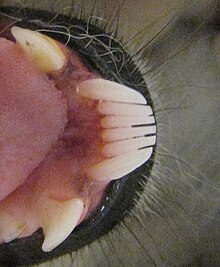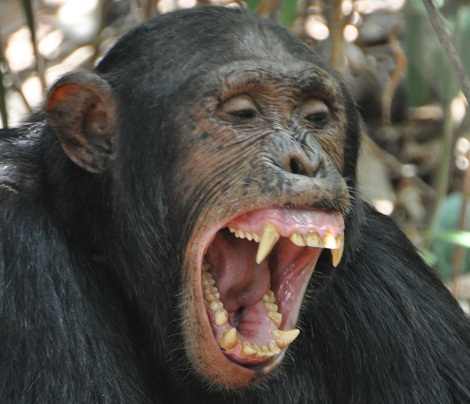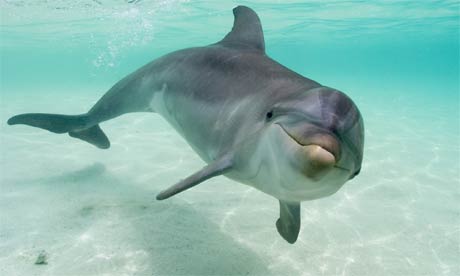1. Heat is an environmental stress that disturbs homeostasis and can negatively impact a humans survival. Humans have a core body temperature of 98.6°F which helps maintain homeostasis. When our bodies reach higher temperatures such as 105°F-107°F we can develop hyperthermia which results from failed thermoregulation, or the ability an organism has to keep its temperature within certain boundaries. Other negative impacts from heat include, heat exhaustion, heat stroke, skin cancers from exposure to high UV rays, and even death.
2. Humans have adapted to heat in several ways through four adaptations: short term, faculative, developmental, and cultural.
Short term: An example of a short term solution to heat is enjoying a swimming pool on a summer day. This is only a temporary response however, because the water can only cool the body so much, especially if you return to strong sun exposure right after. Water as a whole can be considered a short term solution that can be applied throughout the day for more long term cooling effects. For example, drinking plenty of water can help you stay cool for short periods throughout your day.

Faculative: When the temperature is too high sweat glands respond by secreting sweat onto the surface of the skin where it later evaporates. Since water has a high latent of heat evaporation this releases heat from the body. This is a genetic trait therefore it is a faculative adaption.

Developmental: 1877 American biologist Joel Allen noted that the length of arms and legs as well as other appendages all have an effect on the amount of heat lost to the surrounding environment. Members of the Masai tribe of East Africa are an example of this because they have tall slender bodies that help aid to the loss of body heat. This is also an example of a developmental trait because members of the Masai tribe inherited these traits.

Cultural: An example of a cultural adaptation to heat is the clothing we wear to keep us cool . Popular trends among U.S. girls these days are skimpy bikinis, small shorts, cropped tops, tank tops, and sandals. While keeping the skin exposed can be harmful over long periods of time, keeping the skin in tight more man- made fiber clothing reduces the bodies ability to sweat.

3. There are several benefits to studying from this perspective. This information can be useful for several reasons. For example, this information could come in handy for someone who isn't used to extreme heat and would like to take certain precautions before traveling to a climate they were not accustomed to. This could definitely educate an individual from Inuit or Eskimo regions who's body is used to the harsh conditions of the subarctic. They would learn that their larger more round shaped bodies that are built to keep them warm and conserve heat in the arctic, would lead them to become even more susceptible to heat stroke and heat exhausting in more tropical climates. It could also be used in a productive way because it could help them decide what kind of clothing would be acceptable to wear in warmer climates as opposed to the animal skins they are used to wearing in the cold climates they are used to.
4. I don't think race determines the way an individual adapts to heat. All humans have the ability to maintain homeostasis and everyone sweats despite the color of their skin. While it is true that some nationalities prefer different alternatives to cooling themselves down, their bodies all react the same. For example, an American girls clothing in the summer is very different to a Muslim girls clothing. However, they both posses the same sweat glands and they both might drink several glasses of water to stay hydrated. Environmental influences on adaptations would be a better way to understand human variation than by race because race doesn't determine how much sweat our body produces, however our environment might. For example, members of the Masai tribe might produce more sweat than Eskimos in the arctic but this isn't because of their differing races, but because of their environments.










